Glycolysis is a fundamental metabolic pathway that is essential for the generation of energy in living organisms. This process plays a critical role in breaking down glucose to produce ATP, which is the primary source of energy for cells. In this blog post, we will answer the question of “where does glycolysis occur“, the key molecules involved in this process, and its regulation. We will also discuss the significance of glycolysis in biological processes and its clinical relevance in disease states.
Overview of Glycolysis
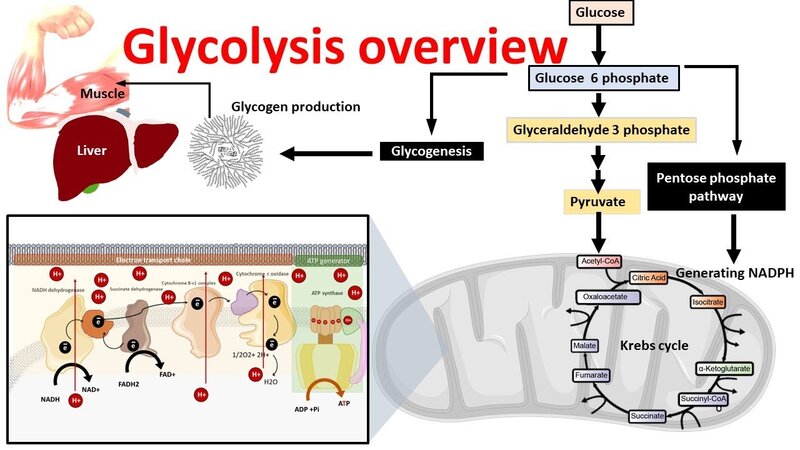
The metabolic pathway of glycolysis is a fundamental and indispensable process that instigates the breakdown of glucose, a saccharide of six carbon atoms, into two molecules of pyruvate. This intricate sequence of biochemical reactions constitutes the initial step in the chain of cellular respiration, occurring ubiquitously in the cytoplasmic compartment of all known living cells. Remarkably, the glycolytic process is considered to be anaerobic, in which it can effectively operate in the absence of molecular oxygen, which is a remarkable feat that highlights the metabolic plasticity of cells.
The basic process of glycolysis
The metabolic process of glycolysis is a complex pathway that takes place in the cytoplasm of all living cells, breaking down glucose into two molecules of pyruvate. It is the first step in cellular respiration and can occur without oxygen, making it an anaerobic process. The process of glycolysis involves a series of ten enzyme-catalyzed reactions that can be divided into two distinct phases: the energy investment phase and the energy payoff phase.
Key molecules involved in glycolysis
The key molecules involved in glycolysis are essential for the successful completion of the metabolic process. These molecules include glucose, ATP, NAD+, ADP, pyruvate, and various enzymes. The process of glycolysis starts with the conversion of glucose into fructose-1,6-bisphosphate using two molecules of ATP.
Then, the fructose-1,6-bisphosphate is broken down into two molecules of pyruvate, producing four molecules of ATP and two molecules of NADH in the process. The molecules of ATP, NAD+, and ADP are all involved in the energy transfer and generation required to complete the process.
Energy input and output of glycolysis
Glycolysis requires an initial input of two molecules of ATP to begin the metabolic process. However, the breakdown of glucose during glycolysis results in a net gain of two molecules of ATP, making it an energy-producing process.
Moreover, glycolysis produces two molecules of NADH that can be utilized in other cellular processes that require energy. Thus, glycolysis is a dynamic process that involves energy exchange and intricate molecular interactions that enable the successful breakdown of glucose into pyruvate.
Read more >> Difference Between Ideal Gas and Real Gas: An 2024 Guide
Where Does Glycolysis Occur?
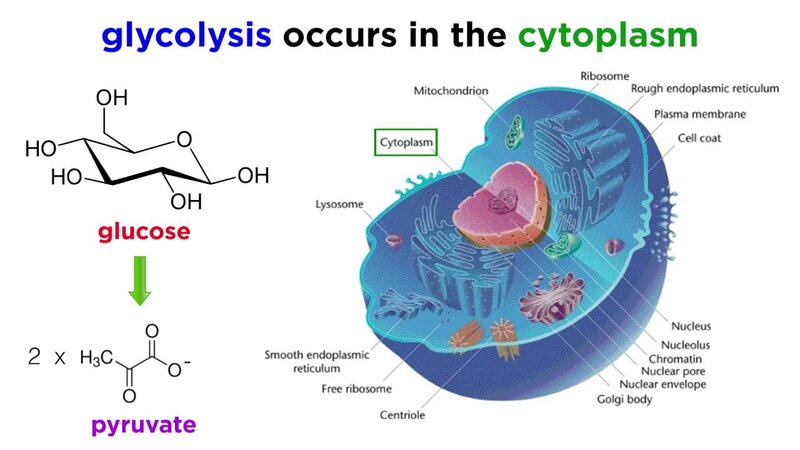
The inscrutable process of glycolysis, the ubiquitous metabolic pathway that takes place in all living organisms, is an intricate and perplexing feat of nature. It is a complicated process that requires meticulous attention to detail and a keen understanding of the structural differences between prokaryotic and eukaryotic cells, which are responsible for the contrasting locations in which glycolysis occurs.
Location Of Glycolysis In Prokaryotic And Eukaryotic Cells
The location of glycolysis is an enigmatic riddle that can only be solved by examining the unique features of the cytoplasm and organelles found in prokaryotic and eukaryotic cells.
In the case of prokaryotic cells, glycolysis is shrouded in mystery as it takes place in the vast and complex cytoplasm, which lacks the membrane-bound organelles present in eukaryotic cells. Therefore, all metabolic reactions, including glycolysis, transpire within the cytoplasm’s murky depths.
On the other hand, in eukaryotic cells, the convoluted process of glycolysis unfolds in both the cytoplasm and the mitochondria, adding an additional layer of intricacy to the enigma. The first few steps of glycolysis occur in the cytoplasm, while the latter steps occur in the mitochondrial matrix. The mitochondrial matrix, the innermost compartment of the mitochondrion, is a specialized, membrane-bound organelle that is responsible for producing energy in eukaryotic cells.
Structural Features Of The Organelles Involved In Glycolysis
Intriguingly, the structural variances of the organelles involved in glycolysis hold the key to unraveling the secrets of this arcane metabolic process.
In prokaryotic cells, the cytoplasm’s amorphous nature provides a vast expanse for the enzymes involved in glycolysis to roam free and interact without restraint, further complicating the situation.
In eukaryotic cells, the situation is not much simpler. The cytoplasm and mitochondria have distinct and complex structures that divide them from one another. The inner mitochondrial membrane has proteins that transport pyruvate, the end product of glycolysis, from the cytoplasm to the mitochondrial matrix. This is in stark contrast to prokaryotic cells, where glycolysis occurs freely in the cytoplasm.
The Labyrinthine Steps of Glycolysis
The 10 steps involved in glycolysis are a labyrinthine web of complexity that require astute observation to unravel. The preparatory phase, the first five steps of glycolysis, demands the input of two ATP molecules, whereas the payoff phase, the remaining five steps, generates four ATP molecules, resulting in a net gain of two ATP molecules. Furthermore, glycolysis generates two molecules of NADH, which carry electrons to the electron transport chain for further ATP production. Only a comprehensive understanding of the perplexing steps of glycolysis can shed light on this convoluted metabolic process.
Glycolysis in Prokaryotic Cells
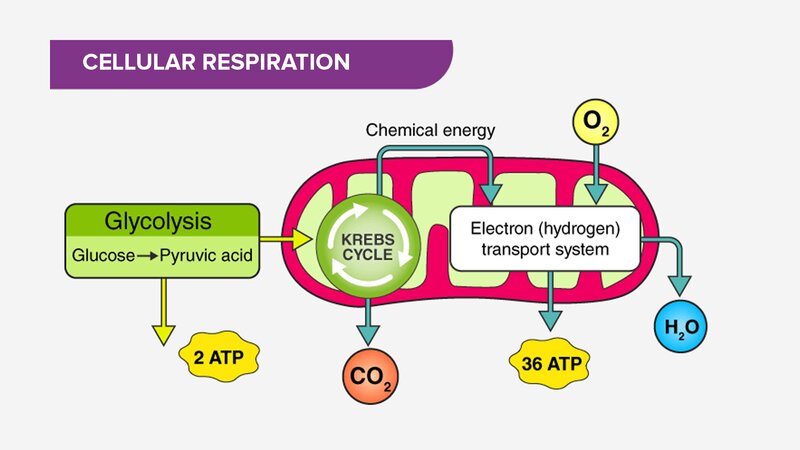
Overview Of Prokaryotic Cell Structure
The underlying structure of prokaryotic cells is far from rudimentary, despite their simple nature. These single-celled organisms lack a true nucleus and membrane-bound organelles, but their genetic material is contained in a circular DNA molecule that is located in the cytoplasm. In addition, prokaryotic cells possess a cell wall that offers both structural support and protection. Notably, prokaryotic cells also feature a plasma membrane that regulates the movement of molecules in and out of the cell, a pivotal factor in their overall functionality.
Location Of Glycolysis In Prokaryotic Cells
Glycolysis, the multi-step metabolic pathway that converts glucose into pyruvate, takes place in the cytoplasm of prokaryotic cells. The cytoplasm is a viscous, gel-like substance that fills the cell and contains various enzymes, molecules, and structures required for cellular function. Its location within the cytoplasm is of utmost importance, as it allows for the quick and efficient production of ATP, a necessary component for the survival of prokaryotic cells.
Role Of Glycolysis In Prokaryotic Metabolism
Glycolysis is a crucial pathway in prokaryotic metabolism. It is the primary means by which prokaryotic cells generate ATP, which is utilized as an energy source for a wide range of cellular processes. Furthermore, glycolysis produces precursor molecules that can be used for the synthesis of other biomolecules, including amino acids and nucleotides. An added advantage of glycolysis is that it can operate under anaerobic conditions, enabling prokaryotic cells to produce ATP in environments with low oxygen availability.
The regulation of glycolysis in prokaryotic cells is complex and tightly controlled, underscoring its significance in cellular functioning. Prokaryotes employ several mechanisms to regulate the activity of glycolytic enzymes to ensure optimal ATP production. For example, the activity of the key regulatory enzyme, phosphofructokinase, is modulated by the concentration of ATP and ADP in the cell, which in turn balances prokaryotic cells’ energy requirements with the production of ATP.
Glycolysis in Eukaryotic Cells
Overview of Eukaryotic Cell Structure
When it comes to cellular complexity, eukaryotic cells are in a league of their own. These cells boast an assortment of membrane-bound organelles, including mitochondria, that play a pivotal role in energy production. In fact, it’s within the mitochondria where the majority of ATP production occurs, making these organelles indispensable for maintaining the delicate balance of cellular homeostasis. However, the maze of organelles in eukaryotic cells can leave one feeling perplexed.
Location of Glycolysis in Eukaryotic Cells
Like in prokaryotic cells, glycolysis occurs in the cytoplasm of eukaryotic cells. However, eukaryotic cells possess an extra layer of complexity – the capability to transport pyruvate, the end product of glycolysis, into the mitochondria. Here, pyruvate fuels the TCA cycle and oxidative phosphorylation, generating even more ATP. Yet, navigating the cellular maze can be tricky when it comes to glycolysis in eukaryotic cells.
Role of Glycolysis in Eukaryotic Metabolism
Glycolysis, a metabolic juggernaut, plays a pivotal role in ATP production for eukaryotic cells. In the absence of oxygen, glycolysis is the sole source of ATP production, as the TCA cycle and oxidative phosphorylation require oxygen to function. But, glycolysis still has a crucial role to play even in the presence of oxygen.
It’s an efficient and rapid method for generating ATP. Moreover, glycolysis yields intermediate molecules that other metabolic pathways, such as the pentose phosphate pathway, use to generate NADPH. This important reducing agent is vital for biosynthetic processes.
Furthermore, glycolysis is a crucial regulator of cellular metabolism. High levels of ATP can inhibit glycolysis, preventing the cell from producing excess ATP and maintaining a balance. But, deciphering the perplexing and bursty nature of glycolysis in eukaryotic metabolism can prove to be a challenge.
Regulation of Glycolysis
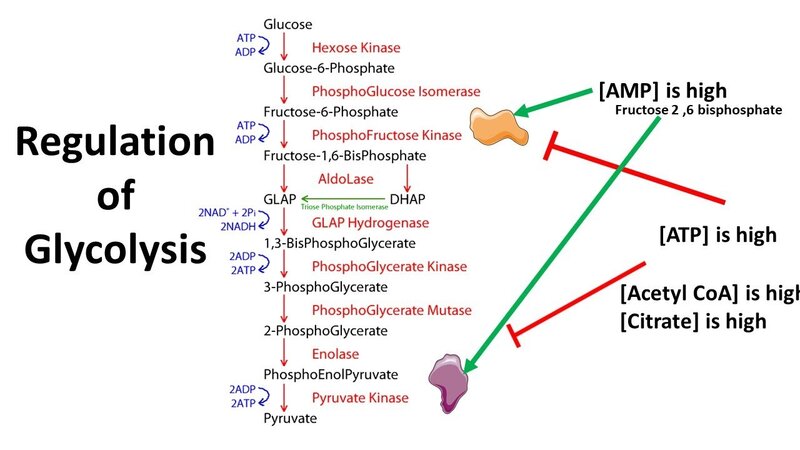
Overview Of The Regulatory Mechanisms Of Glycolysis
Glycolysis, the metabolic pathway that converts glucose into pyruvate, is a highly regulated process that operates to maintain cellular homeostasis. The rate of glycolysis is influenced by an intricate network of regulatory mechanisms that work in concert to control the activity of specific enzymes involved in the pathway.
The complexity of this network is exemplified by the fact that even the first step of glycolysis, catalyzed by hexokinase, is inhibited by the product of the reaction, glucose-6-phosphate. Similarly, the rate-limiting step of glycolysis, catalyzed by phosphofructokinase-1 (PFK-1), is also subjected to a multilayered regulatory network. PFK-1 is inhibited by high levels of ATP and citrate and activated by fructose-2,6-bisphosphate, an allosteric activator that possesses remarkable potency.
Factors That Affect The Rate Of Glycolysis
The rate of glycolysis is influenced by a myriad of factors that modulate its activity to maintain cellular homeostasis. These factors include the availability of glucose and oxygen, cellular energy needs, and hormonal regulation. Under anaerobic conditions, the rate of glycolysis increases as a compensatory response to the low levels of ATP generated through oxidative phosphorylation.
In contrast, when oxygen is available, the rate of glycolysis decreases, and pyruvate is shunted toward the Krebs cycle to generate more ATP. The hormonal regulation of glycolysis by insulin and glucagon adds another layer of complexity to this process. These hormones modulate the rate of glycolysis to meet the changing energy demands of the cell, further highlighting the intricacy of this regulatory network.
Importance Of Regulating Glycolysis In Maintaining Cellular Homeostasis
Regulating the rate of glycolysis is of utmost importance for maintaining cellular homeostasis. Excessive glycolysis can lead to the accumulation of pyruvate and lactate, leading to a drop in intracellular pH and subsequent disruption of cellular function. Additionally, dysregulation of glycolysis is linked to several pathological conditions such as cancer, diabetes, and neurodegenerative diseases.
Therefore, understanding the regulatory mechanisms of glycolysis is crucial for developing targeted interventions to modulate its activity in pathological states. The complexity of the regulatory network that modulates the activity of glycolysis emphasizes the need for a thorough understanding of this pathway and its intricate connections with other metabolic pathways to develop effective therapeutic interventions.
Clinical Relevance of Glycolysis
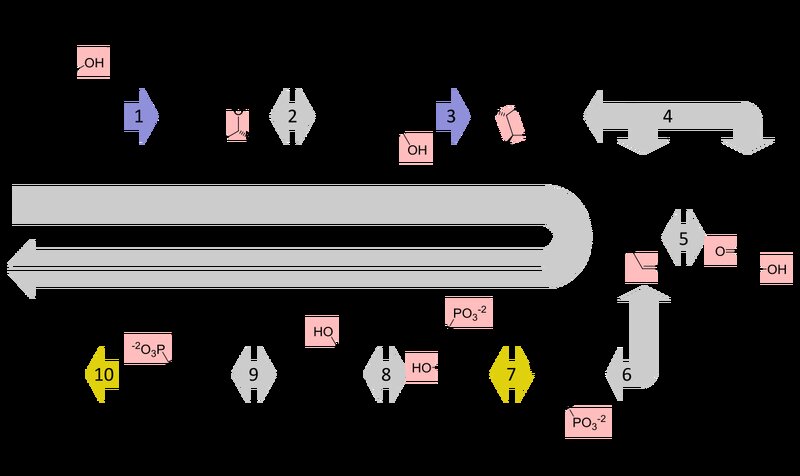
Glycolysis is a fundamental metabolic pathway that has significant clinical relevance in various disease states. In this section, we will discuss the clinical implications of glycolysis, with a focus on its role in diabetes and cancer.
Glycolysis in Diabetes
Diabetes is a metabolic disorder characterized by hyperglycemia, which can result in severe complications. Glycolysis is a primary pathway for glucose metabolism in cells, including liver and muscle tissue, and is significantly impacted by diabetes. The deficiency of insulin, a hormone that regulates glucose uptake and metabolism, leads to increased glucose uptake by cells.
The excess glucose is converted to pyruvate through glycolysis, leading to the accumulation of pyruvate and its subsequent conversion to lactate, which contributes to lactic acidosis. This highlights the critical role of glycolysis in diabetes, which requires careful management for effective treatment.
Glycolysis in Cancer
Cancer is a complex disease that is associated with increased glycolysis, even in the presence of oxygen. This phenomenon, known as the Warburg effect, has significant clinical implications. The high rate of glycolysis in cancer cells provides them with the energy and building blocks required for rapid growth and proliferation.
Moreover, cancer cells utilize glycolysis to maintain their redox balance, a critical factor in their survival. Thus, glycolysis is a promising target for therapeutic intervention, with various glycolytic inhibitors developed to target tumor cells and improve cancer treatment outcomes.
Implications in Medicine Beyond Diabetes and Cancer
In addition to its role in diabetes and cancer, glycolysis has potential implications in other areas of medicine. Recent studies have explored the role of glycolysis in the regulation of the immune system, suggesting that glycolysis inhibition may be a potential therapeutic strategy for autoimmune diseases and inflammation. This highlights the broad clinical relevance of glycolysis, making it an exciting area of research for future therapeutic interventions.
Conclusion
So, where does glycolysis occur? Glycolysis is a vital metabolic process that occurs in both prokaryotic and eukaryotic cells. The location of glycolysis varies depending on the type of cell, with prokaryotic cells relying on the cytoplasm and eukaryotic cells utilizing the cytoplasm and mitochondria. Understanding the location of glycolysis is essential to understanding its role in cellular metabolism, the regulation of energy production, and its clinical relevance in disease states. By delving into the details of where glycolysis occurs, we gain a deeper understanding of this fundamental process and its role in biological systems.

PCCN vs CCRN: Which Certification Should I Take?
In this discussion, we will examine the fundamental distinctions between PCCN vs CCRN certifications, allowing you to make an informed and right decision about which certification is best for your nursing career progression.
June 20, 2023

Is PCCN Worth It? A Comprehensive 2024 Study Guide
In this article, we will provide all the enrollment criteria, how to apply, whether is PCCN worth it for you to obtain, and how to get a high mark.
June 20, 2023

PCCN Requirements - How to Become a Progressive Care Certified Nurse?
To become a progressive care nurse, you must first obtain the PCCN certification. This post will help you understand PCCN certification, PCCN requirements, and efficient approaches to obtaining this certification.
June 20, 2023
